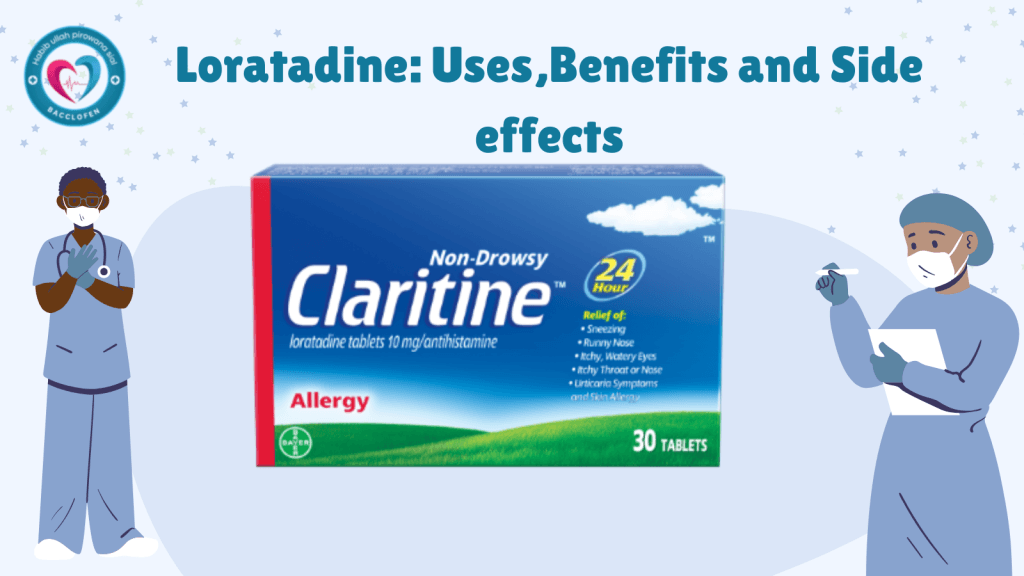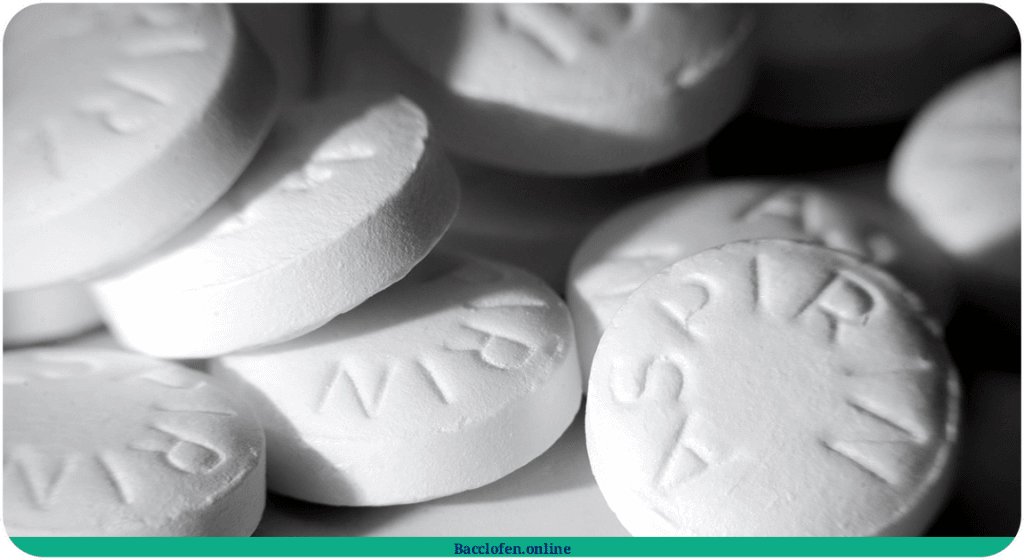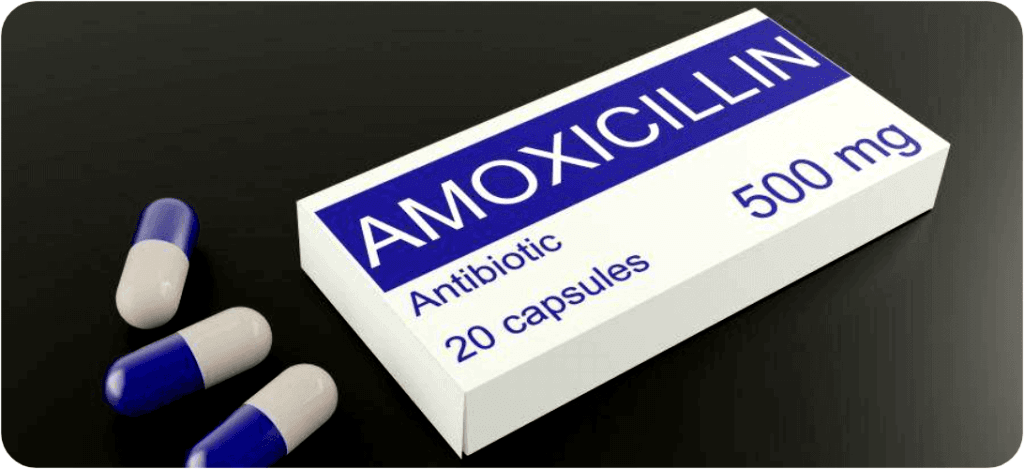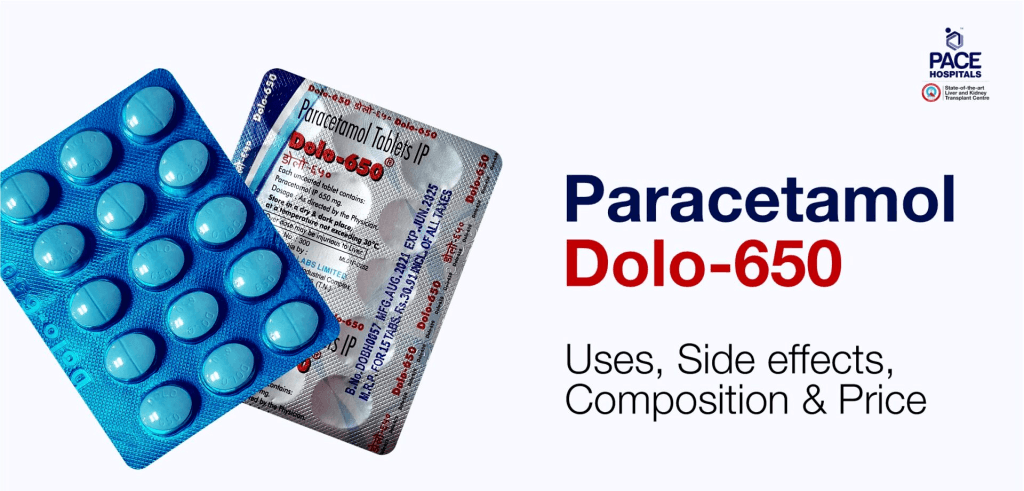Loratadine is a widely used antihistamine medication that helps relieve symptoms caused by allergies. It is best known for its ability to treat hay fever, hives, and other allergic reactions without causing significant drowsiness, making it a popular choice among patients.
This detailed guide explores the uses, benefits, potential side effects, and precautions associated with loratadine.
What Is Loratadine?
Loratadine is a second-generation antihistamine, meaning it works to block the effects of histamine, a natural substance produced by the body during allergic reactions. Unlike first-generation antihistamines, such as diphenhydramine, loratadine does not easily cross the blood-brain barrier, which minimizes sedation and drowsiness.

Uses of Loratadine
Loratadine is commonly used to alleviate symptoms associated with:
1. Allergic Rhinitis (Hay Fever)
- Symptoms Treated: Sneezing, runny nose, itchy or watery eyes, and nasal congestion.
2. Chronic Urticaria (Hives)
- Relieves itching and reduces the appearance of red, swollen welts on the skin.
3. Seasonal Allergies
- Effective for managing seasonal triggers like pollen, grass, and mold.
4. Other Allergic Conditions
- May also be used for insect bites, skin allergies, or mild food allergies under medical advice.
How Loratadine Works
Loratadine works by blocking H1 receptors, preventing histamine from binding to these receptors. Histamine is responsible for causing symptoms like itching, swelling, and increased mucus production during allergic reactions. By blocking histamine’s action, loratadine helps reduce these symptoms.
Benefits of Loratadine
Loratadine offers several advantages over other antihistamines:
1. Non-Drowsy Formula
- Unlike older antihistamines, loratadine is less likely to cause sedation, making it ideal for daytime use.
2. Long-Lasting Relief
- Provides symptom relief for up to 24 hours with a single dose.
3. Wide Availability
- Available over the counter in many forms, including tablets, liquid syrups, and dissolvable tablets.
4. Safe for Regular Use
- Can be used daily during allergy seasons or for chronic allergic conditions.
5. Suitable for Most Age Groups
- Approved for use in both adults and children, with specific formulations available for pediatric use.
Potential Side Effects of Loratadine
Loratadine is generally well-tolerated, but some individuals may experience side effects.
1. Common Side Effects:
- Headache
- Dry mouth
- Fatigue
- Drowsiness (rare, but possible)
2. Less Common Side Effects:
- Nausea
- Stomach pain or discomfort
- Skin rash
3. Rare but Serious Side Effects:
- Allergic reactions (e.g., swelling of the face, tongue, or throat, difficulty breathing).
If severe side effects or allergic reactions occur, discontinue use and seek immediate medical attention.
Precautions for Safe Use
To maximize the benefits of loratadine while minimizing risks, consider these precautions:
1. Follow the Recommended Dosage
- Typical dosage for adults and children over 12: 10 mg once daily.
- Dosage for children aged 2–12 is weight-based and typically provided in liquid form.
2. Avoid Overuse
- Taking more than the recommended dose does not increase effectiveness and may lead to adverse effects.
3. Consult Your Doctor If Pregnant or Breastfeeding
- Loratadine is generally considered safe during pregnancy, but consult a healthcare provider for specific advice.
- Small amounts of loratadine may pass into breast milk.
4. Monitor for Drug Interactions
- Certain medications, such as ketoconazole, erythromycin, or cimetidine, can interact with loratadine and increase its levels in the blood.
5. Be Aware of Health Conditions
- Inform your doctor if you have liver or kidney problems, as dosage adjustments may be needed.
Dosage Guidelines
Loratadine is available in various formulations, including tablets, syrups, and dissolvable forms. Dosage may vary based on age and condition.
1. Adults and Children (12 years and older):
- 10 mg once daily (tablet or syrup).
2. Children (2–11 years):
- Based on weight:
- Under 30 kg: 5 mg once daily.
- Over 30 kg: 10 mg once daily.
3. Special Populations:
- Patients with liver or kidney impairment may require a lower dose, such as 10 mg every other day.
How to Maximize Loratadine’s Effectiveness
- Take It as Needed:
- Use loratadine regularly during allergy season for consistent relief or as needed for occasional allergy symptoms.
- Avoid Allergens When Possible:
- Minimize exposure to triggers like pollen, dust, or pet dander to reduce the need for medication.
- Follow a Healthy Lifestyle:
- Stay hydrated, maintain a clean living environment, and consider using air purifiers to manage allergens.


